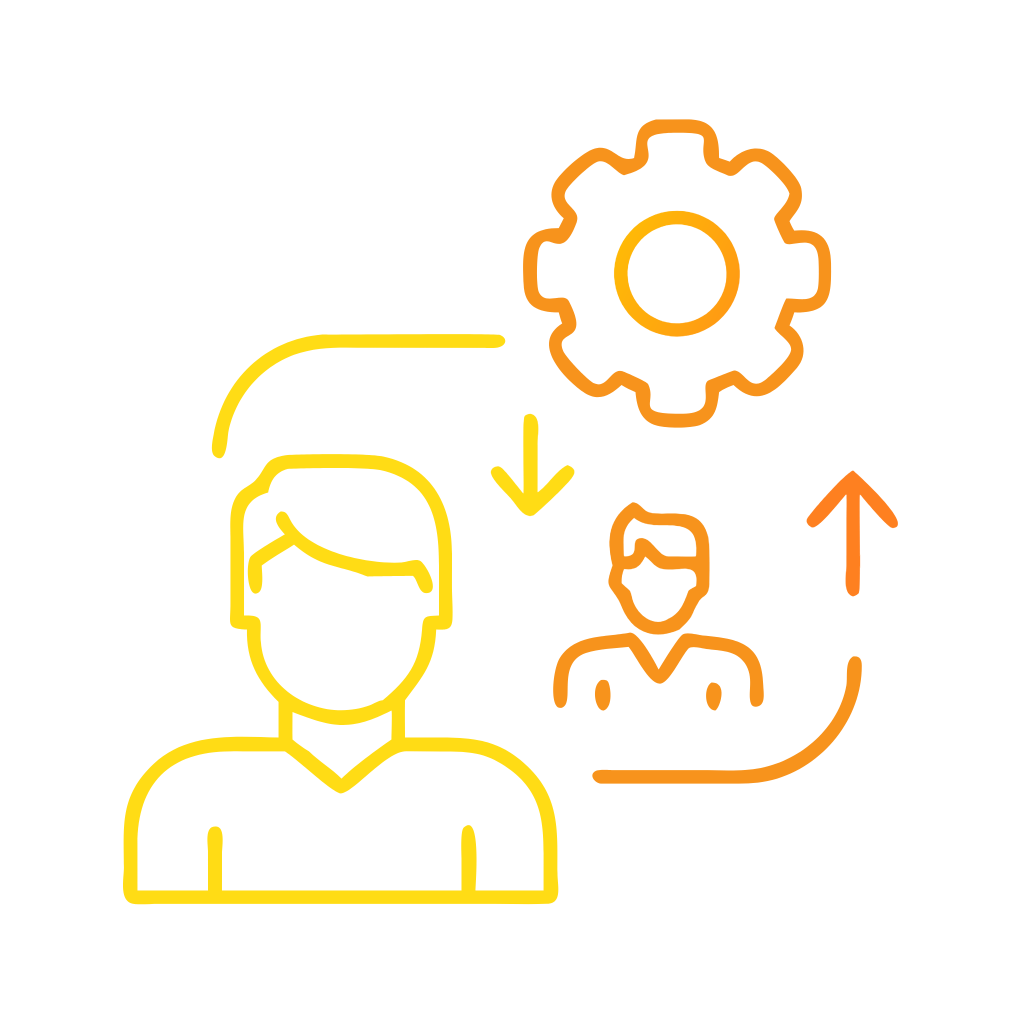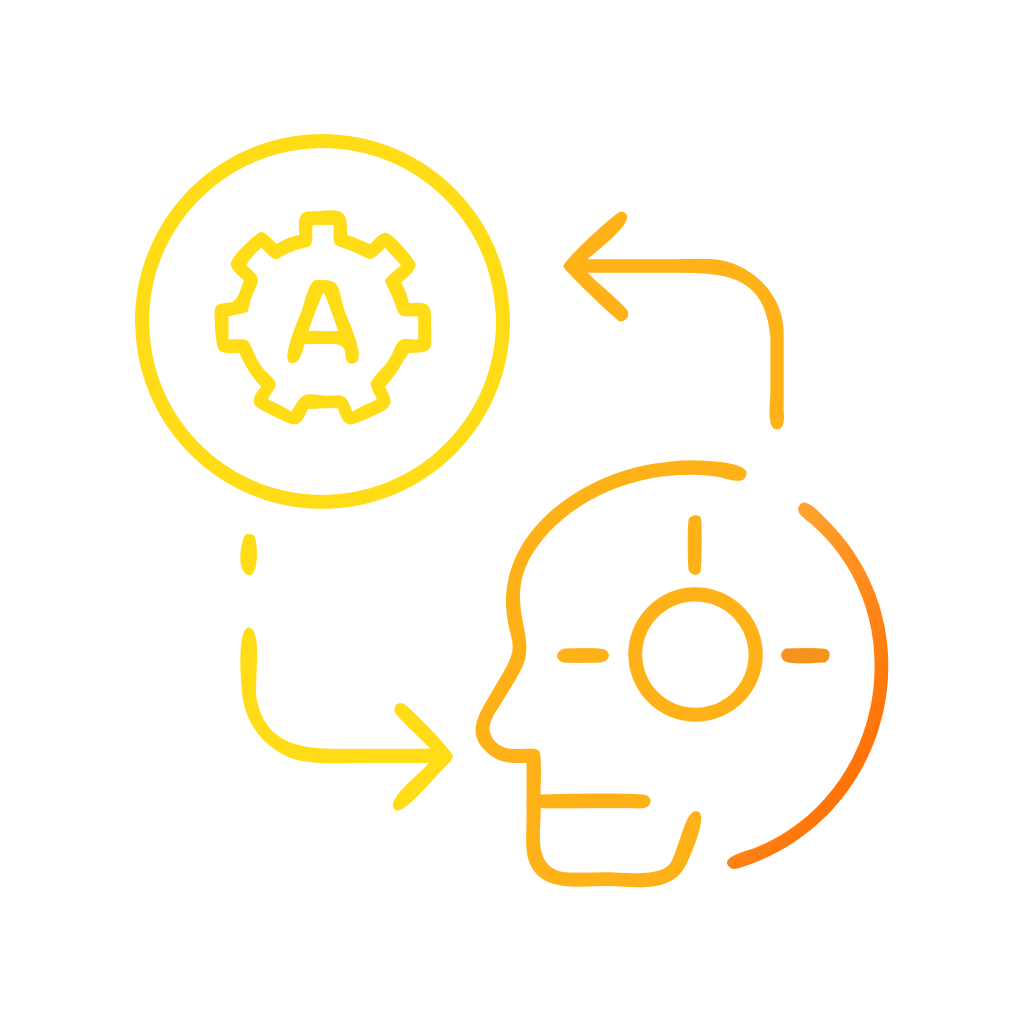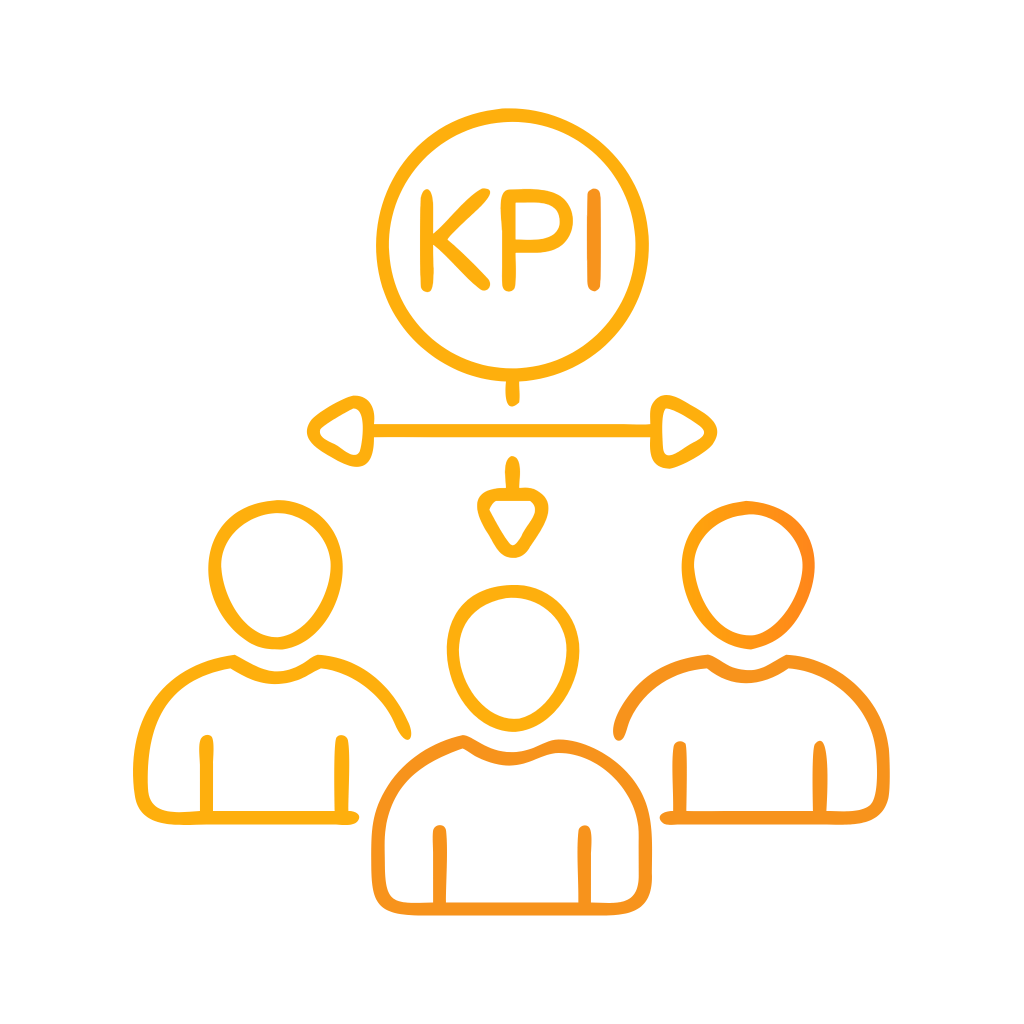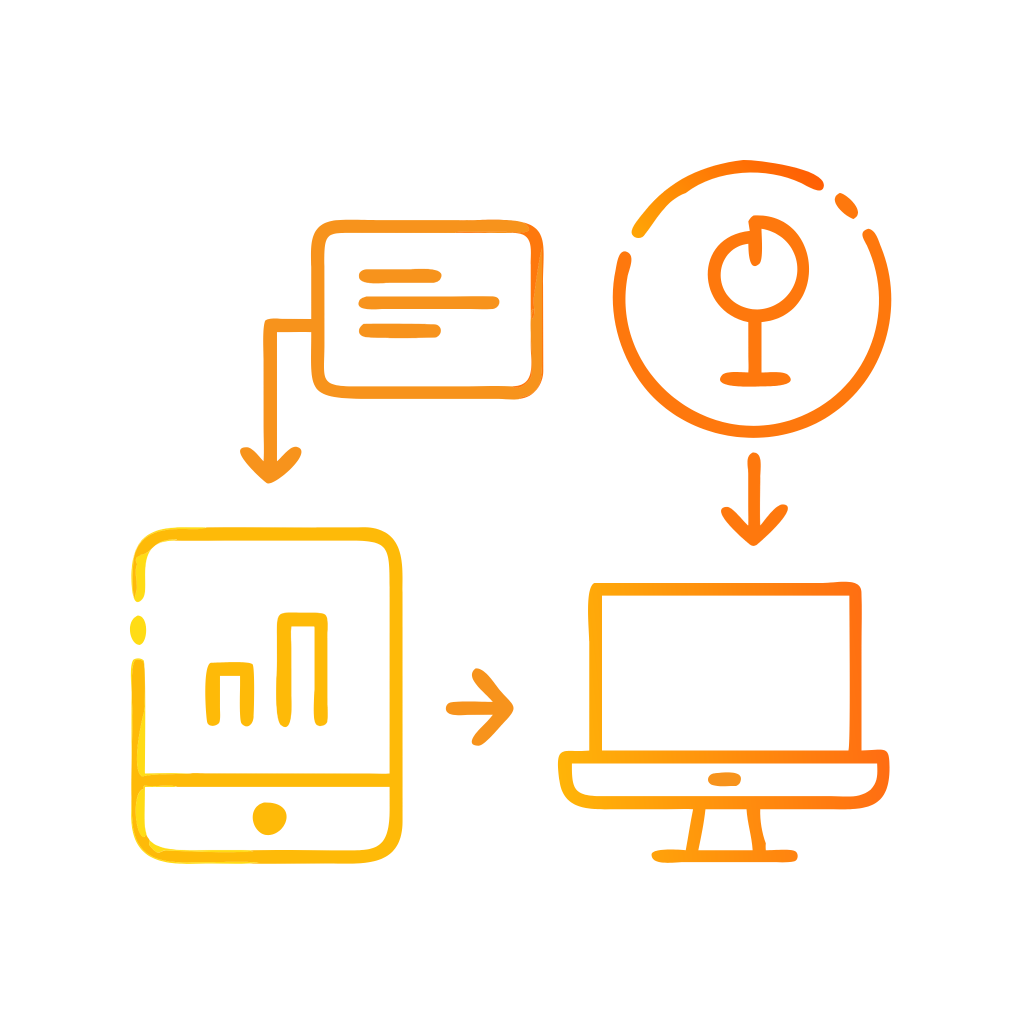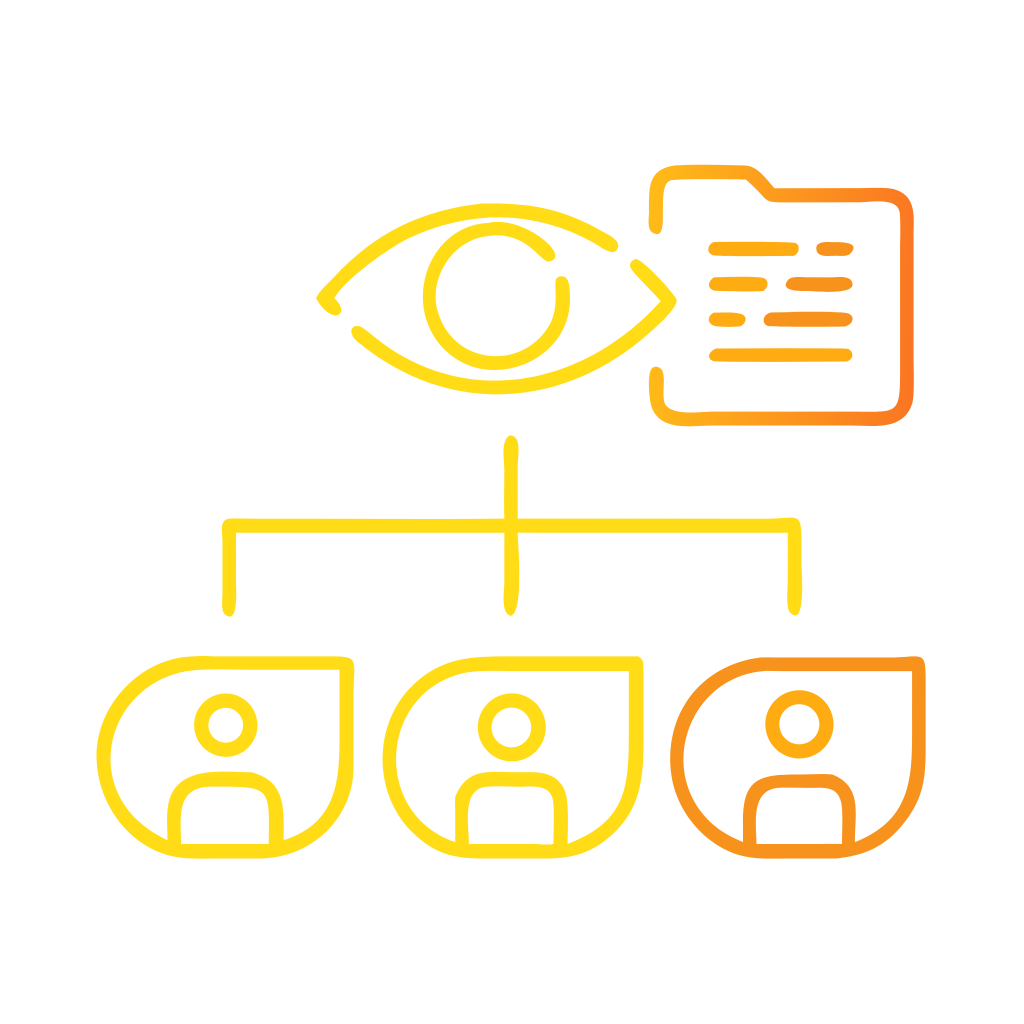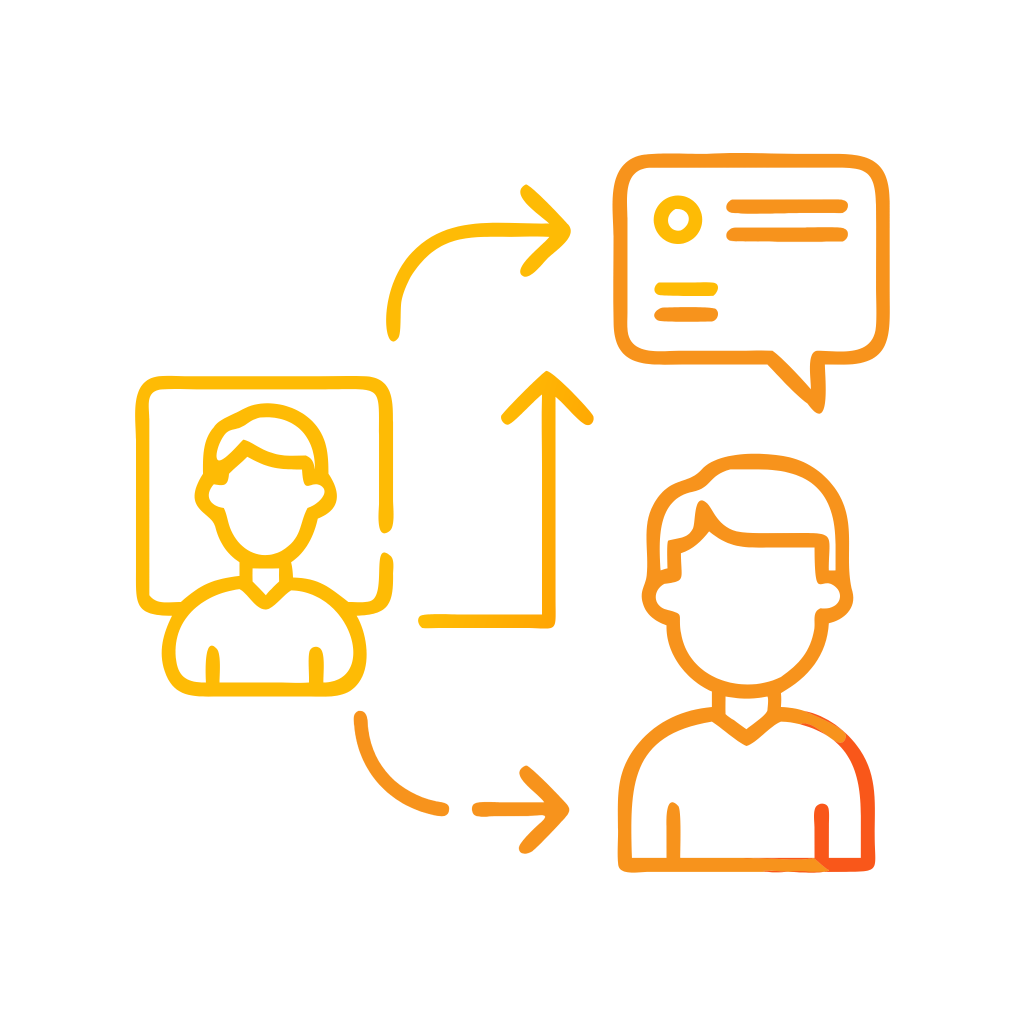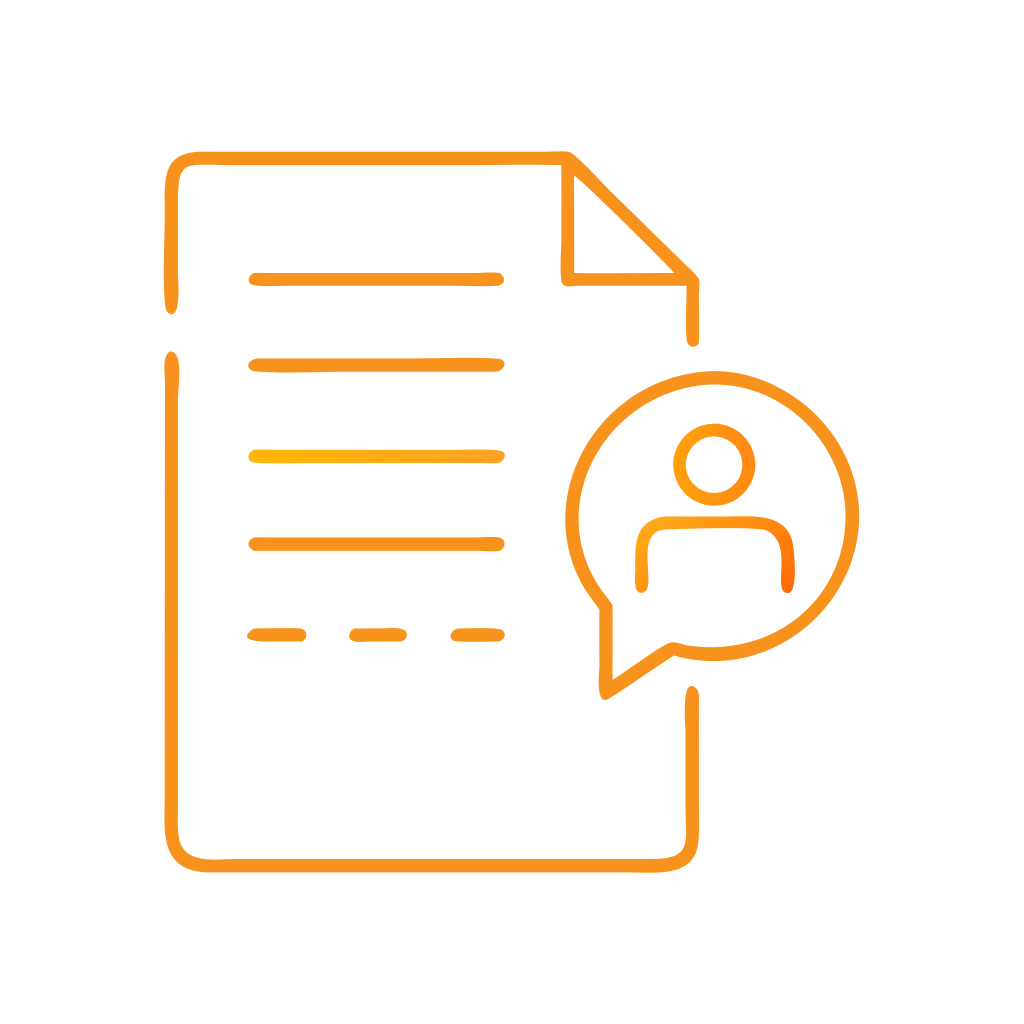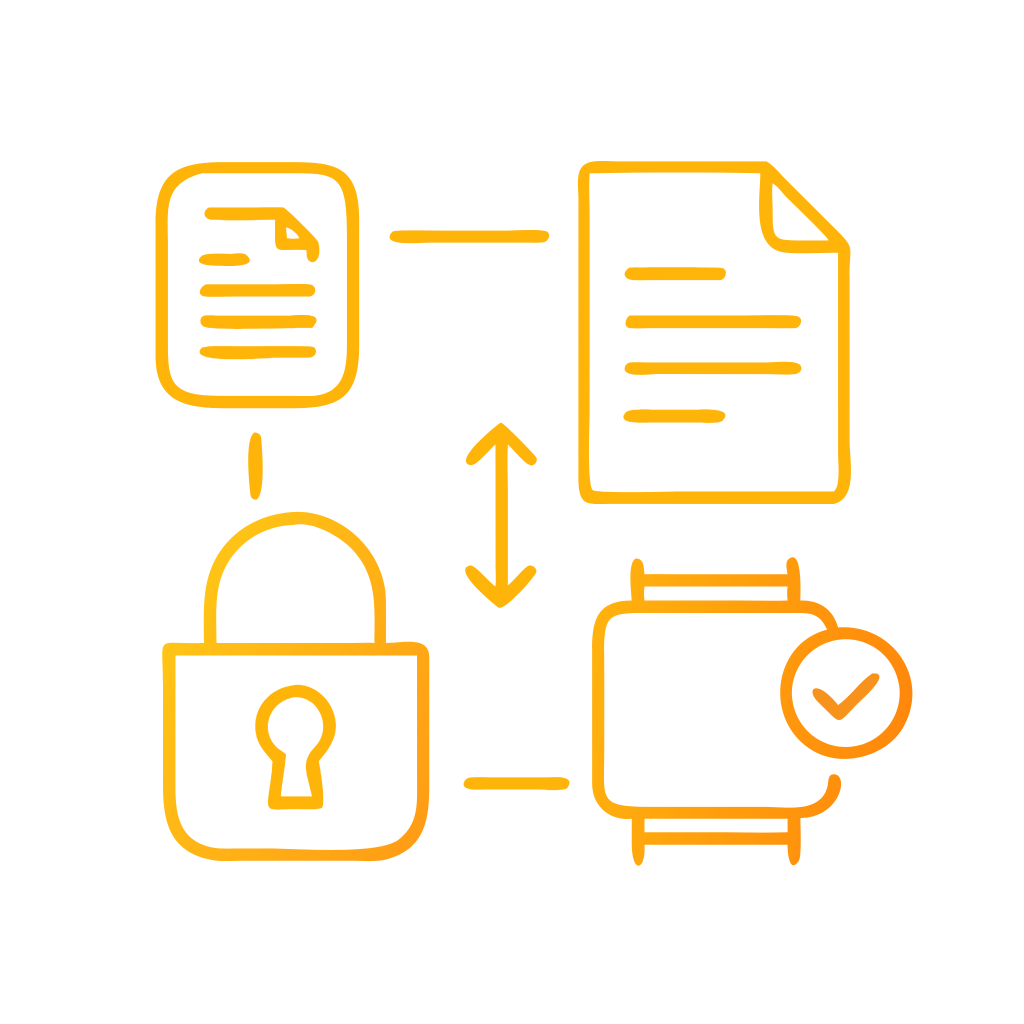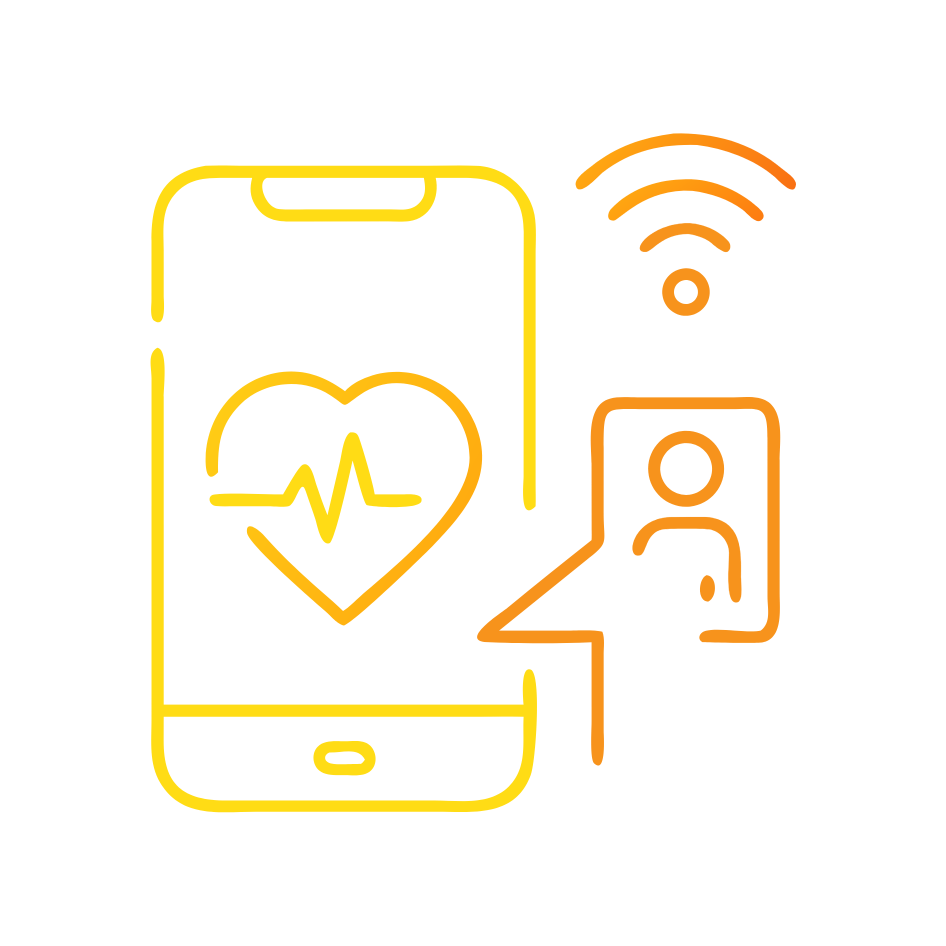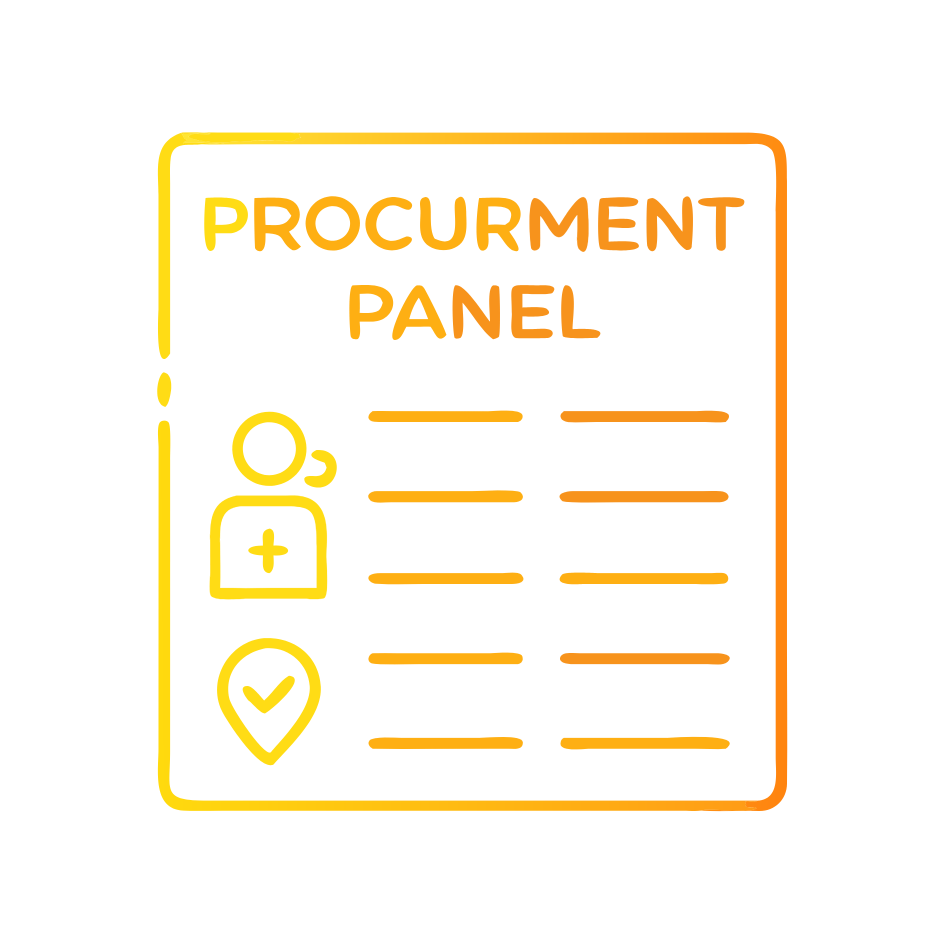Reference Architectures for Digital Services
Why do reference architectures matter in Customer Experience and Service Transformation?
Leaders use reference architectures to speed decisions and reduce risk. A reference architecture is a validated blueprint that shows how capabilities, components and integration patterns fit together to deliver a repeatable digital service model. It codifies proven choices so teams can stand up consistent customer journeys, contact flows and data pipelines without redesigning fundamentals for every project. Government and industry bodies publish reference models to standardize vocabulary and roles, which makes alignment across strategy, design and operations far easier. The NIST Cloud Computing Reference Architecture is a widely cited example that defines providers, consumers, brokers, carriers and auditors as core roles for cloud services.¹ ISO 42010 defines how to describe an architecture with viewpoints, stakeholders and concerns, which keeps technical narratives honest and testable.² These two anchors let Customer Experience and Service Transformation programs scale with shared language, clear scope and repeatable governance.
What does a good digital service reference architecture contain?
Executives expect clarity. A strong reference architecture names business capabilities, maps them to experience outcomes and binds them to technical building blocks. The TOGAF standard structures this traceability through a method that links architecture vision, business, data, application and technology layers.³ In practice, a service blueprint should show channels, identity, consent, knowledge, case management, orchestration, data products and observability. It should also define integration patterns that match service volatility and throughput, for example synchronous APIs for critical calls and event streams for loosely coupled experiences. An architecture description becomes reliable when it states stakeholders, concerns, viewpoints and correspondence rules per ISO 42010.² That discipline allows contact center leaders, UX teams and engineers to debate evidence instead of opinions. The result is a reusable template that accelerates procurement, reduces rework and unlocks consistent service levels across markets.
How do service management and operating models plug into the architecture?
Digital services fail when operating models are an afterthought. ITIL 4 frames an end to end service value system that joins practices such as incident management, change enablement and continual improvement with product lifecycle work.⁴ Instead of bolting on ITSM later, embed service request management, knowledge, problem and asset data flows into the reference design. Define how monitoring, alerting and runbooks enter the customer feedback loop. Link experience level agreements to service level objectives and error budgets so teams can trade reliability for innovation consciously. Google’s SRE canon shows how engineering led operations treat reliability as an engineering problem with practices like SLOs, automation to reduce toil and blameless postmortems.¹⁰ This coupling lets Customer Experience, Operations and Technology share one truth about health, capacity and change cadence. The outcome is a service model that stays reliable under growth while still shipping features confidently.
What patterns should a modern digital service architecture standardize?
Modernization choices get easier when patterns are explicit. Cloud native principles promote portability, automation and resilience across public, private and hybrid environments. The CNCF definition emphasizes programmatic, repeatable operations as a core property of cloud native systems.⁶ Microservices split applications into independently deployable services that align to business capabilities and enable frequent, safe change when managed well.⁷ Event driven architecture lets services publish and react to events so front stage experiences remain responsive while back stage processes scale elastically.⁸ Kubernetes supplies scheduling, scaling and self healing for containerized workloads, giving teams a consistent runtime for these patterns.⁹ For composable front ends, the MACH Alliance champions Microservices, API first, Cloud native and Headless principles to decouple experience delivery from core systems.⁵ Standardizing these patterns inside the reference blueprint prevents architectural drift and reduces integration friction across programs and vendors.
How do these choices create better customer and agent experiences?
Customer Experience improves when latency falls, reliability rises and context stays consistent across channels. Microservices aligned to capabilities like identity, preferences, entitlements and knowledge allow targeted optimization without destabilizing the whole platform.⁷ Event streams propagate state changes rapidly, so agents and customers see the same truth in portals, IVR, chat and field apps.⁸ Kubernetes enables horizontal scaling during peaks, which protects response times for conversations and transactions.⁹ MACH style front ends let teams iterate content and interaction patterns quickly while APIs guard core domain logic.⁵ ITIL 4 and SRE close the loop by translating new experience demand into operational signals and safe delivery practices.⁴ ¹⁰ The combined effect is a digital service model that feels fast, consistent and resilient, which lifts NPS, reduces abandonment and lowers assisted service costs through higher first contact resolution and smarter self service.
What is the pragmatic way to govern reference architectures across portfolios?
Good governance sets constraints that free teams. Establish an Architecture Review cadence that tests designs against the reference blueprint and records decisions as first class assets. Use ISO 42010 viewpoints to separate concerns, for example security, data, integration and operability, so reviews are focused and evidence based.² Anchor solution choices to the TOGAF method so designs trace to business outcomes and roadmaps.³ Define a living technology standard that covers API protocols, event schemas, container base images, identity patterns and observability. Back the standard with a service catalog and platform engineering team that publishes templates, pipelines and golden paths. Align operating controls to ITIL 4 practices such as change enablement and service configuration so governance reinforces flow rather than stalling it.⁴ Finally, measure conformance by architectural fitness functions that can be executed in pipelines to keep drift visible and correctable.
How should leaders measure success and risk in digital service architectures?
Executives need a concise scorecard. Pair customer metrics such as task completion time, containment rate and satisfaction with engineering metrics like deployment frequency, lead time for change and mean time to recovery. SRE gives practical guidance for setting service level objectives and managing error budgets, which ensures reliability targets reflect user experience rather than arbitrary uptime.¹⁰ Track architectural outcomes such as reuse of shared services, percentage of workloads on the standard platform and mean integration effort for new capabilities. Map operational health to ITIL practices so trend lines inform governance decisions and investment.⁴ In cloud native estates, monitor portability by counting services that remain provider agnostic using platform APIs and open interfaces per the CNCF view.⁶ When leaders inspect this scorecard monthly, they can steer modernization, reduce risk accumulation and sustain service quality through change.
Which reference standards should every digital service leader know?
Standards reduce guesswork and vendor friction. NIST’s cloud reference model clarifies service roles and responsibilities for cloud adoption and audit.¹ ISO 42010 explains how to write architecture descriptions that different teams can interpret unambiguously.² The TOGAF standard provides a method to move from vision to implementable roadmaps in a governed way.³ ITIL 4 frames the service value system and the practices that support reliable, continually improving digital services.⁴ CNCF materials define cloud native principles and point to a thriving ecosystem of open tooling.⁶ Together these references form a portable language for planning and governing digital service models that span channels, regions and suppliers. Leaders who socialize this language across Customer Experience and Service Transformation programs reduce cycle time, cut integration risk and build credibility with boards and regulators.
How do you implement this in ninety days without stalling delivery?
Speed matters. Start by selecting a high value journey such as complaints, onboarding or agent assist. Capture target outcomes and constraints, then map the reference architecture slices needed to deliver value. Use TOGAF to articulate business, application and data views, and apply ISO 42010 to document stakeholder concerns clearly.² ³ Stand up a thin platform layer that includes CI/CD, container runtime, API gateway, event bus and observability. Bring service management online early with ITIL 4 practices and define SLOs per SRE guidelines to bound risk.⁴ ¹⁰ Choose MACH for the front end if experience agility is the constraint.⁵ Deliver a walking skeleton through one channel, then extend across channels using events to propagate state.⁸ Run weekly architecture and operations reviews to harden patterns, publish templates and retire ad hoc practices. The outcome is a living reference that accelerates the next three programs, not a shelf document.
What pitfalls should leaders avoid when standardizing digital service models?
Anti patterns are predictable. Teams often over specify platforms before validating experience and flow, which leads to expensive underutilized layers. Others centralize ownership of services that should live with domain teams, which slows change and fosters brittle interfaces. Microservices adopted without clear domain boundaries or platform guardrails can increase latency and cost without improving agility.⁷ Event streams without schema governance degrade into incompatible topics that trap data.⁸ Kubernetes operated without paved paths breeds divergent clusters that burden run teams.⁹ Finally, treating ITIL as a ticketing system rather than a value model and ignoring SRE principles blocks continuous delivery and erodes reliability.⁴ ¹⁰ Leaders avoid these traps by insisting on a small set of patterns, investing in platform engineering and measuring outcomes that reflect both customer value and operability.
What is the call to action for C level, CX and Contact Centre leaders?
Leaders set the pace. Endorse a single reference architecture for digital services that binds experience, data and operations. Fund a platform team to publish golden paths, templates and reference implementations. Require ISO 42010 compliant documentation and TOGAF traceability for major initiatives so decisions remain transparent and rational.² ³ Mandate ITIL 4 practices and SRE objectives so reliability and delivery move together.⁴ ¹⁰ Standardize on cloud native and MACH patterns where they fit your portfolio, and use events to keep channels and back office consistent at speed.⁵ ⁶ ⁸ When leaders make these choices visible and durable, Customer Experience and Service Transformation programs gain compounding speed, lower total cost and better outcomes for customers and agents.
FAQ
How does ISO 42010 improve digital service architecture documentation?
ISO 42010 defines stakeholders, concerns and viewpoints for architecture descriptions, which makes designs testable and consistent across teams.²
What is the role of the NIST Cloud Computing Reference Architecture in CX programs?
The NIST model clarifies cloud service roles such as provider, consumer and broker, improving accountability and audit for customer facing services.¹
Which patterns should a Customer Science reference architecture standardize first?
Prioritize cloud native deployment, microservices aligned to business capabilities, event driven integration, and Kubernetes for runtime consistency.⁶ ⁷ ⁸ ⁹
Why do MACH principles matter for omnichannel experiences?
MACH promotes Microservices, API first, Cloud native and Headless approaches that decouple experience delivery from back end systems for faster iteration.⁵
How do ITIL 4 and SRE work together in service transformation?
ITIL 4 provides the service value system and practices, while SRE defines SLOs, error budgets and automation to keep reliability and velocity balanced.⁴ ¹⁰
Which metrics prove the reference architecture is working?
Track task completion time, containment, deployment frequency, lead time for change and mean time to recovery, mapped to SLOs and error budgets.¹⁰
Which foundational standards should executives sponsor in their operating model?
Back ISO 42010 for documentation rigor, TOGAF for method and roadmaps, and the NIST cloud model for role clarity across providers and consumers.² ³ ¹
Sources
NIST Cloud Computing Reference Architecture — Fang Liu, Jin Tong, Jian Mao, Robert Bohn, John Messina, Lee Badger, Dawn Leaf. 2011. NIST Special Publication 500-292. National Institute of Standards and Technology. https://nvlpubs.nist.gov/nistpubs/Legacy/SP/nistspecialpublication500-292.pdf
ISO/IEC/IEEE 42010:2011 Systems and software engineering — Architecture description — ISO. 2011. International Organization for Standardization. https://www.iso.org/standard/50508.html
What is New in the TOGAF Standard, 10th Edition — The Open Group. 2023. The Open Group. https://www.opengroup.org/togaf/new-version
ITIL 4 Foundation — IT Service Management Certification Overview — PeopleCert. 2024. PeopleCert. https://www.peoplecert.org/browse-certifications/it-governance-and-service-management/ITIL-1/itil-4-foundation-2565
MACH Principles — MACH Alliance. 2024. MACH Alliance. https://machalliance.org/mach-principles
Cloud Native Definition v1.1 — CNCF TOC. 2024. Cloud Native Computing Foundation. https://github.com/cncf/toc/blob/main/DEFINITION.md
Microservices — Martin Fowler and James Lewis. 2014 updated 2019. martinfowler.com. https://martinfowler.com/microservices/
Event-Driven Architecture Overview — AWS. 2024. Amazon Web Services. https://aws.amazon.com/event-driven-architecture/
Kubernetes Concepts — Overview — Kubernetes Project. 2024. Cloud Native Computing Foundation. https://kubernetes.io/docs/concepts/overview/
Site Reliability Engineering — Google SRE Book — Beyer, Jones, Petoff, Murphy. 2016 updated online. Google. https://sre.google/sre-book/table-of-contents/
